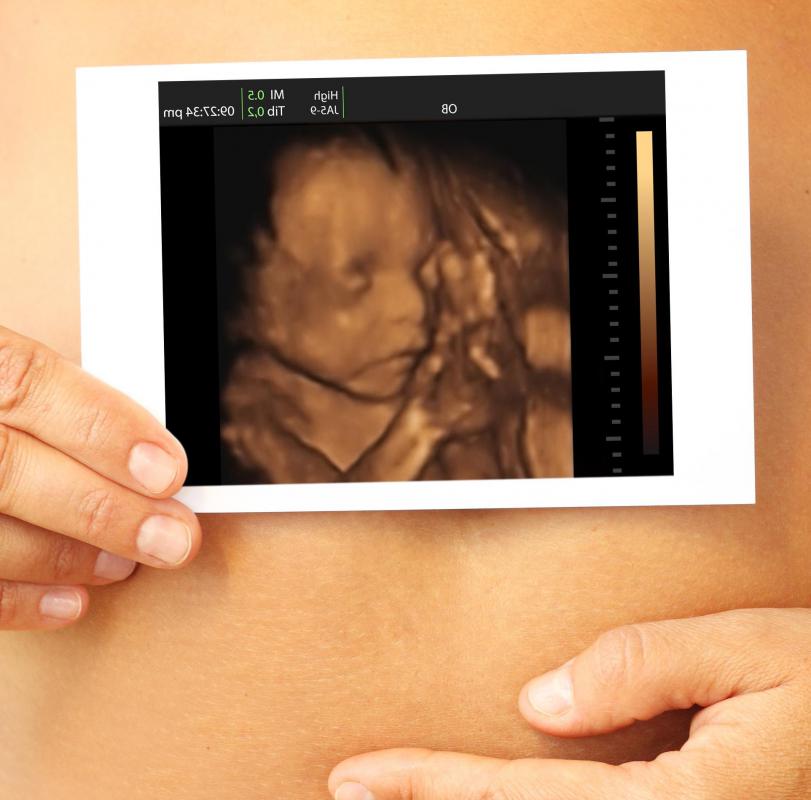At TheHealthBoard, we're committed to delivering accurate, trustworthy information. Our expert-authored content is rigorously fact-checked and sourced from credible authorities. Discover how we uphold the highest standards in providing you with reliable knowledge.
What is the Difference Between a Cleft Lip and Cleft Palate?
Cleft lip and cleft palate are the most common type of facial malformation in infants, affecting about one in every 2,500 people born in the United States. A cleft lip develops when the opening in the upper lip does not close completely during pregnancy. The opening can range from a small notch in the upper lip to complete separation on both sides of the mouth, extending into the nose. The bones in the upper gum line and upper jaw can be separated as well. A cleft palate is when the soft palate, toward the rear of the roof of the mouth, or both the soft and hard palate, located toward the front of the mouth, do not close completely during pregnancy.
Cleft lip and cleft palate appear when the different facial features, which develop separately in utero, do not connect properly prior to birth. The palate typically closes at 10 weeks gestation, while the lip closes at between five and six weeks gestation. This closure, particularly the closure of the lip, occurs early in the pregnancy, before many women realize they are pregnant.

Cleft lip and cleft palate are tied to both genetic and environmental issues. Children whose parent's were born with cleft lip or palate are four to six times more likely to have clefts than a child without this family history. Researchers also believe that environmental issues such as vitamin deficiencies during gestation, exposure to toxins, or maternal exposure to viruses may prevent the lip and palate from closing properly. In addition, some groups, such as some Native American tribes and Asians, are more prone to developing cleft lip and cleft palate.

Cleft lip and palate require treatment through a combination of therapies, including orthodontic correction, surgery, and speech therapy. The best results from surgical correction result when the surgery is performed when the child is between six weeks and nine months old. Children with cleft lip and cleft palate often have complications that go along with the condition, including speech problems, language delays, more frequent than normal ear infections, hearing loss, improperly positioned teeth, and missing teeth. Each case is evaluated on an individual basis to address the particular symptoms affecting the child. It may take several surgeries over a period of years, but most children with cleft lip or palate can eventually develop normal speech, health, and appearance.
AS FEATURED ON:
AS FEATURED ON:















Discussion Comments
@Scrbblchick -- I know the charity Operation Smile does a lot of work with kids with cleft lips and palates, and since they operate primarily in Third World countries without a lot of the resources available in developed countries, methods to fix these issues must have improved.
I've seen the before and after pictures of these kids, and the difference is night and day. Those people really do good work. I was surprised they were able to do so much, since I thought the surgery was much more involved than it is.
My best friend through elementary school was born with a cleft lip and palate. She didn't have any other physical deformities, but had (and still has) chronic sinus trouble. I assume this is because her sinuses do not drain properly because of the cleft palate issue.
She has had several surgeries and now you would hardly notice she had anything wrong with her lip. When they first fused the cleft lip, it pulled down one side of her nose, but that has since been repaired.
I think a lot of advances have been made in treating this condition since 1968, when my friend was born. She had to have bone from her hip packed into the roof of her mouth to basically form a hard palate. Every so often, bone spicules will work their way out and she spits them out.
Post your comments